The Gold Foundation Plate of Darius the Great is a fascinating artifact that provides valuable insights into the grandeur of the Achaemenid Empire. Discovered during the excavations of the Apadana Palace in Persepolis, this treasure stands as a testament to the remarkable craftsmanship, cultural sophistication, and historical significance of ancient Persia. Let’s explore the cultural history of this ancient Persian country with archeology. dulichvn.net
Uncovering the Gold Foundation Plate
The discovery of the Gold Foundation Plate is a landmark event in the study of ancient Persian history, offering a glimpse into the ceremonial practices of the Achaemenid Empire.
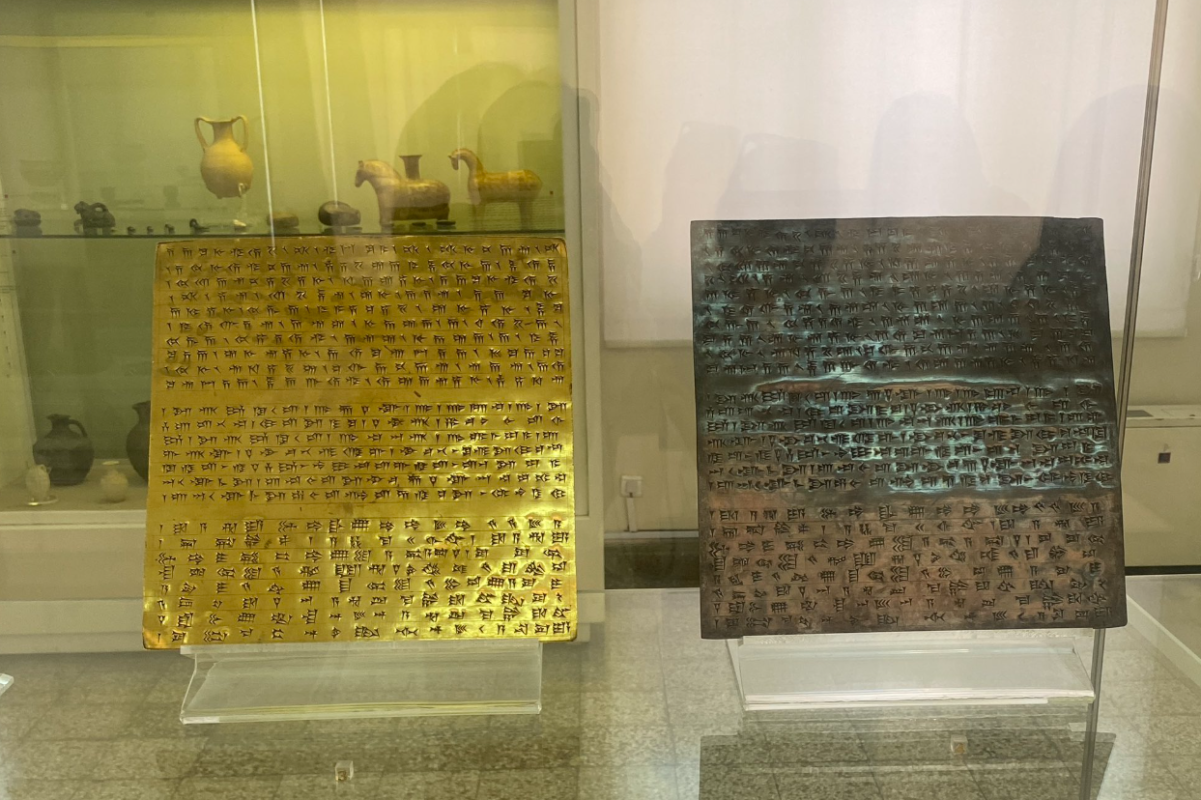
1. Excavation at Persepolis
The plate was unearthed during excavations at the Apadana Palace in Persepolis, a ceremonial capital built by Darius the Great (550-486 BC). Persepolis symbolizes the height of Persian architectural and cultural achievement.
2. A Deliberate Burial
Two gold and two silver plates were discovered buried within stone boxes alongside coins, creating a kind of time capsule. This deliberate burial suggests that the artifacts were meant to commemorate the construction of the palace, embodying the ruler’s vision and grandeur.
3. Preservation and Display
Today, these artifacts, including the Gold Foundation Plate, are preserved and displayed at the National Museum of Ancient Iran in Tehran, allowing visitors to connect with Persia’s illustrious past.
See more: The Museum Obscurum and Hidden Stories and Cryptic Artifacts
Significance of the Gold Foundation Plate
The Gold Foundation Plate holds immense historical, cultural, and symbolic significance, shedding light on the Achaemenid Empire’s achievements and ideologies.
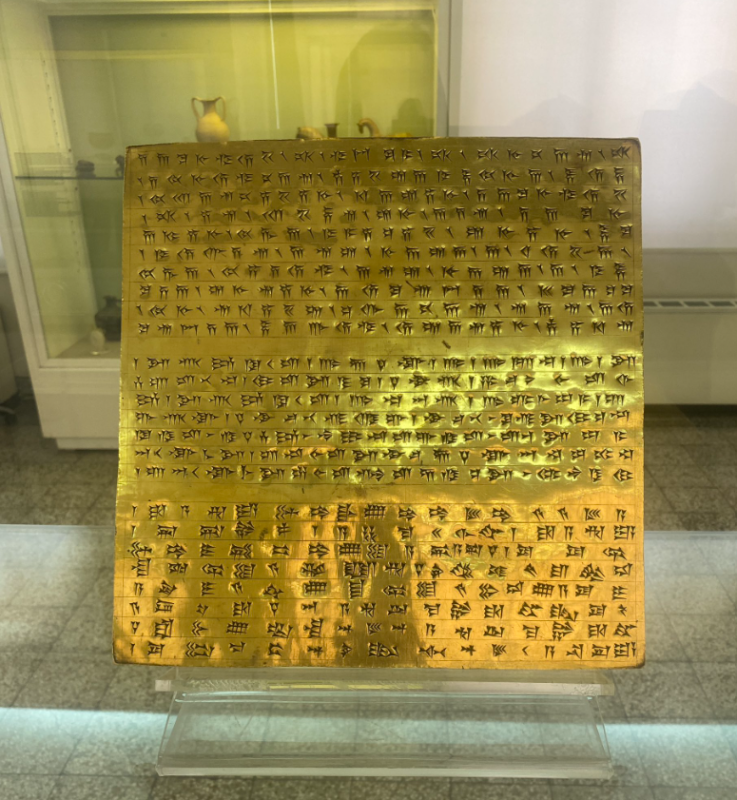
1. Symbol of Royal Authority
The plate reflects the authority and vision of Darius the Great, who ruled during a period of immense territorial expansion and cultural prosperity. It is a physical representation of his legacy.
2. A Message for Posterity
The deliberate burial of the plates, along with coins, suggests they were intended to be discovered by future generations. This act demonstrates the foresight of the Achaemenid rulers in preserving their cultural and historical narrative.
3. Insight into Ancient Craftsmanship
The intricacy of the plates reveals the advanced metallurgical and artistic skills of ancient Persia. The use of gold and silver underscores the empire’s wealth and technological sophistication.
See more: The Enchanting Clock Castle of Italy: A Timeless Treasure
The Apadana Palace: Context of the Discovery
The Apadana Palace, where the plates were found, is a masterpiece of Achaemenid architecture and an integral part of understanding the Gold Foundation Plate’s significance.
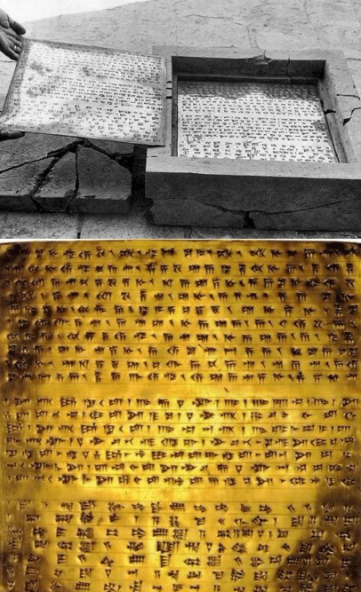
1. A Ceremonial Center
Built under the reign of Darius the Great, the Apadana Palace served as a venue for grand ceremonies and receptions. Its columns and reliefs depict the diversity of the empire, emphasizing unity under Persian rule.
2. Architectural Marvel
The palace featured intricate stone carvings, expansive halls, and lavish decorations. The discovery of the plates within this context highlights the empire’s emphasis on blending art, politics, and religion.
3. A Symbol of Persian Identity
As a focal point of Persepolis, the Apadana Palace symbolizes the cultural and administrative achievements of the Achaemenid Empire, linking the Gold Foundation Plate to the broader narrative of Persian history.
The Legacy of Darius the Great
The Gold Foundation Plate is intricately tied to the legacy of Darius the Great, one of history’s most influential rulers.
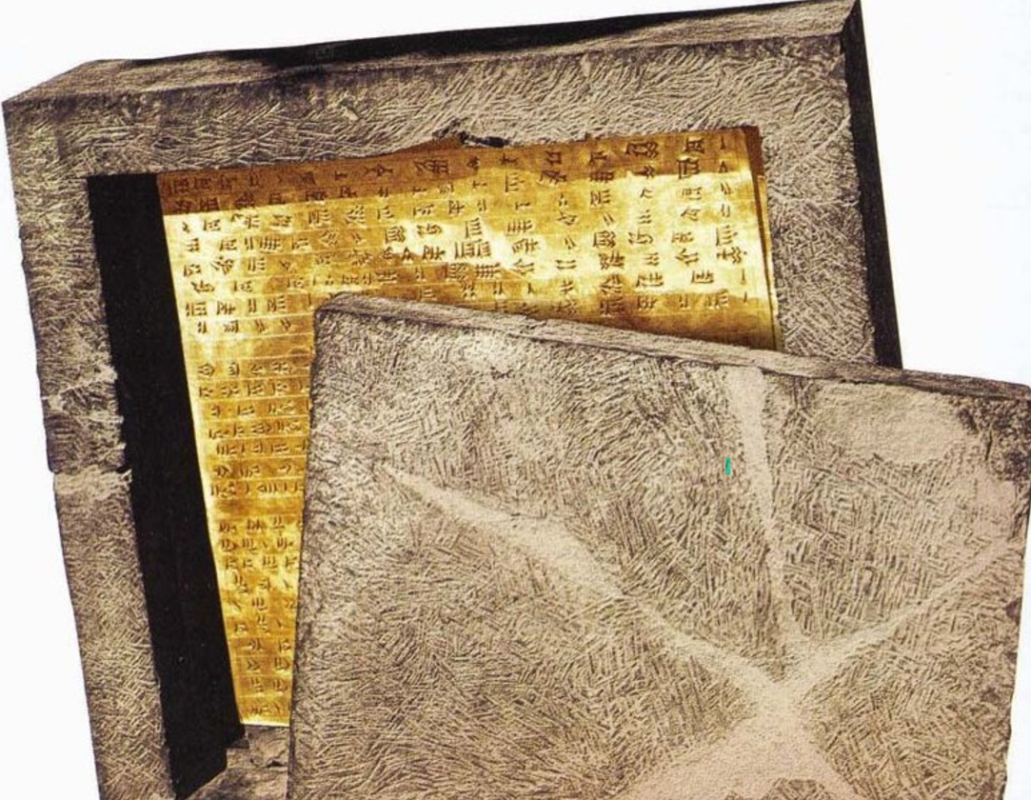
1. Architect of an Empire
Darius the Great expanded the Achaemenid Empire to its zenith, stretching from the Indus Valley to the Balkans. His reign marked an era of political stability, economic prosperity, and cultural integration.
2. Innovator and Visionary
Darius is credited with creating efficient administrative systems, including the satrapy model and the Royal Road. Artifacts like the Gold Foundation Plate reflect his innovative approach to governance and infrastructure.
3. A Legacy in Stone and Gold
The monuments and artifacts from his reign, including Persepolis and the Gold Foundation Plate, continue to inspire awe and offer insights into the sophistication of ancient Persia.
Preserving the Gold Foundation Plate
Efforts to preserve the Gold Foundation Plate and its cultural significance underline the importance of protecting our shared heritage.
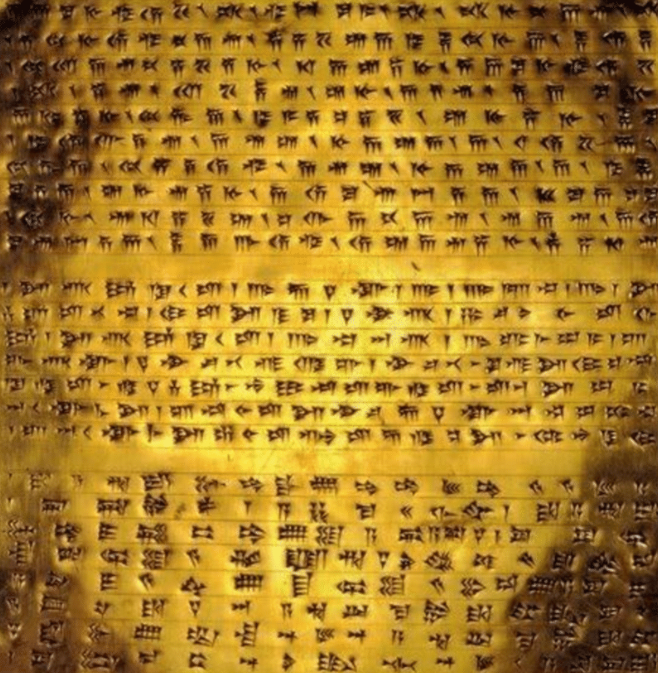
1. Conservation in the National Museum
The plate is housed in the National Museum of Ancient Iran, where it is carefully maintained to prevent deterioration. Its display helps raise awareness of Persia’s rich history.
2. A Source of Academic Research
Scholars and historians continue to study the plate, gaining new insights into the technological, cultural, and political aspects of the Achaemenid Empire.
3. Inspiring Modern Audiences
By showcasing the Gold Foundation Plate, the museum inspires a deeper appreciation for ancient craftsmanship and the enduring legacy of Persia’s contributions to world history.
Conclusion: A Golden Link to the Past
The Gold Foundation Plate of Darius the Great is more than just an artifact; it is a bridge connecting us to the grandeur of ancient Persia. Its discovery at the Apadana Palace and subsequent preservation reflect the Achaemenid Empire’s remarkable achievements in governance, culture, and art.

CÁC TIN KHÁC
Mark Twain & Olivia Langdon: A 36-Year Love Story Filled with Laughter and Devotion
The Tollund Man: A 2,400-Year-Old Mystery Preserved in a Danish Bog
Skara Brae: Scotland’s Hidden Neolithic Village
Porta Nigra: The Hidden Depths of Trier’s Iconic Roman Gate